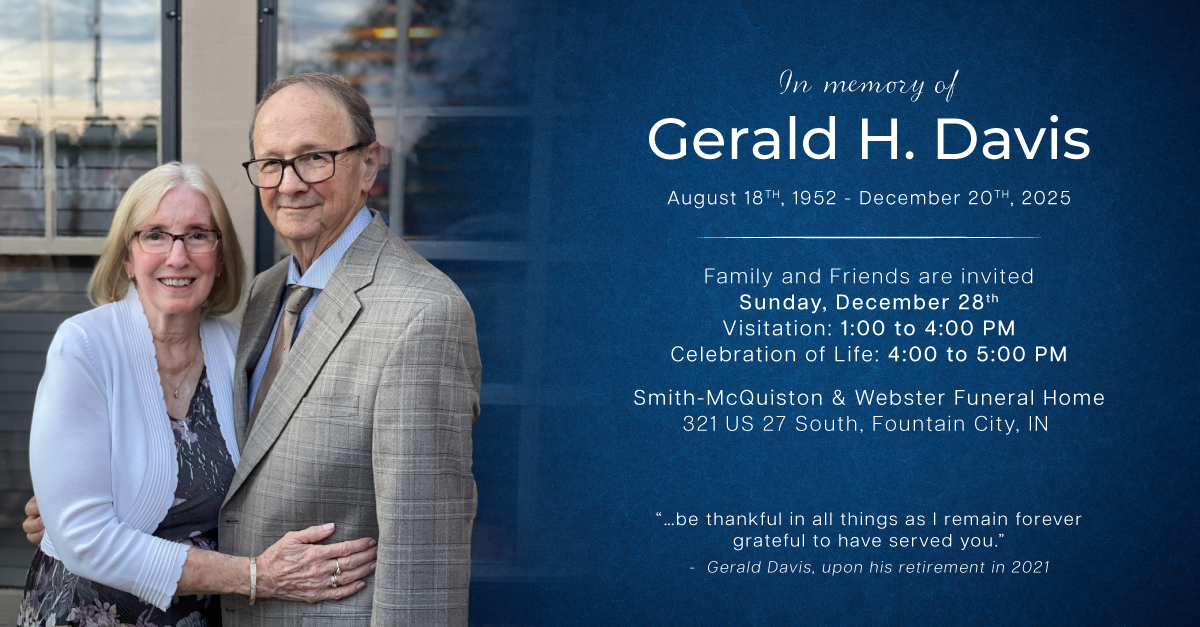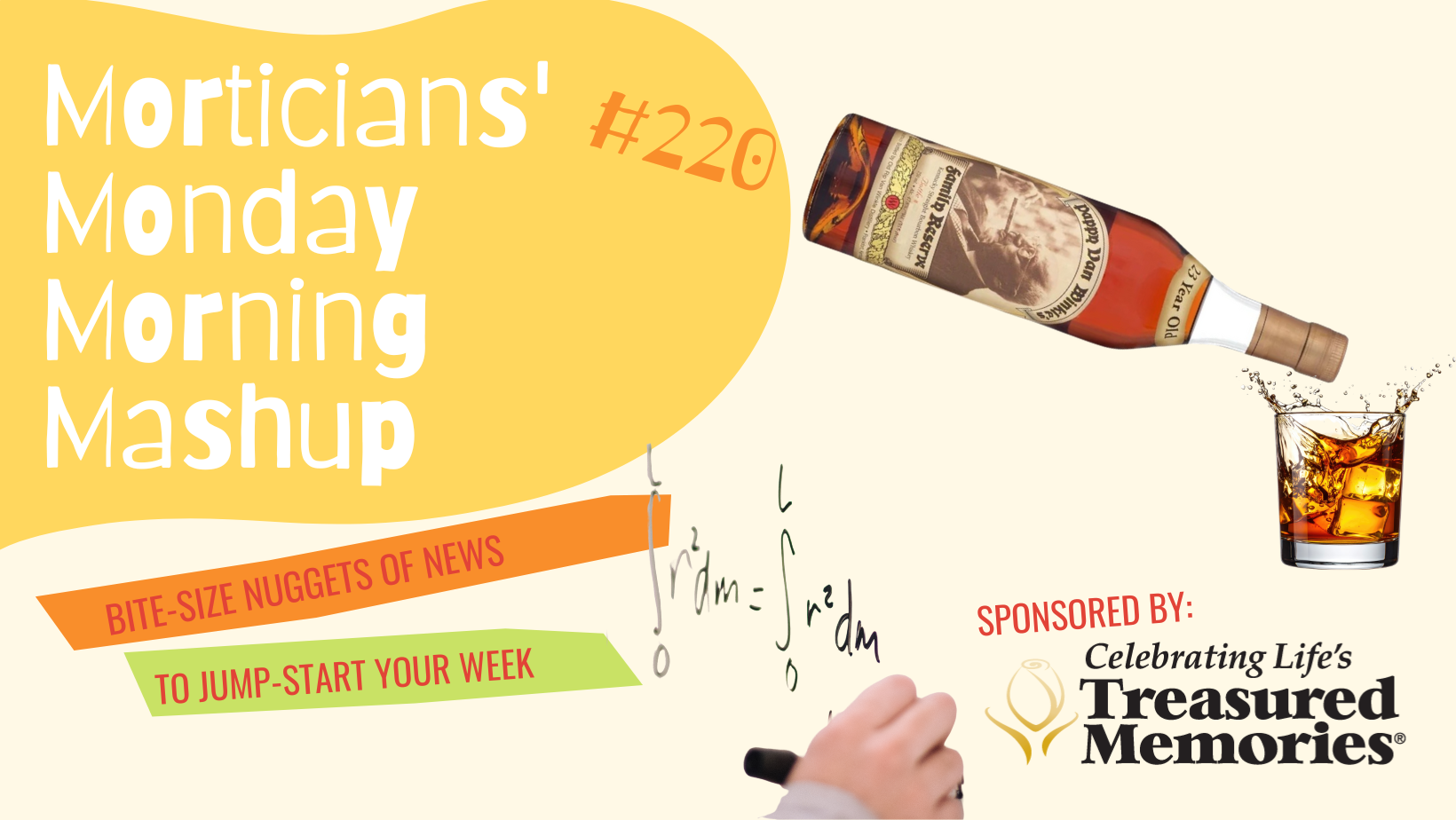Faces of Death Fear
In the course of researching our recent piece on the fear of death and dying, it was interesting to find just how many death phobias there are. I mean, how many ways can there be to fear not living? I thought there was just one, and was startled when it appeared I’d stumbled into a second. Little did I know.
Thanatophobia proper, for example, is the fear of one’s own demise, accomplished or in progress, or even theoretical. But informally, the word thanatophobia has come to be associated with any kind of death fears: dying in general, or discussions of death, or graveyards, dirt, all that. This label was the one with which I was personally familiar.
Necrophobia as a term is frequently applied the same way. Necrophobia, though, in clinical usage is limited in scope to corpses fully dead (human or otherwise, including insects). And while popular application of either of these terms tends to include death trappings like cemeteries, coffins, wills or even funeral homes, the language of psychopathology is more precise… hence the many faces of the fear of death.
Six and Counting
An interesting thing about all phobias, not just death’s, is how closely the effects of any resemble those of others. Conceptually, phobias in general are like a large room with multiple entrances, where each different feared thing is like a separate door leading in.
Getting into the fear-of-death party is easy. In addition to main entryways thanatophobia and necrophobia we may add coimetrophobia, fear of cemeteries, and feretrophobia — fear of caskets or coffins; then there are placophobia (tombstones), taphophobia (graves, especially being buried alive) and seplophobia (decaying matter), for a start.
The common ground shared by all of these — the large room — has recently been identified as a transdiagnostic construct – a psychological term for the consistency among different diagnoses. Similar to the manner in which all addiction shares features – whether we’re talking about alcohol, methamphetamine, gambling or sex – phobias, also, seem to be part of a “family.”
So many ways people can break down outside of the boundaries of normal grief. Should you be faced with someone in the grip of a phobic reaction or full-blown panic attack brought on by their death phobia, what do you need to know?
Common and Treatable
40 million adults have some form of anxiety disorder – it’s the most common form of mental illness. Of these 40 million, there are an estimated 19 million with phobias. And according to recent international research, most phobias are indirectly related to a fear of death… including those caused by such seemingly-unrelated triggers as heights, spiders, or germs. And many of those with fears of death are unable to admit it… even to themselves.
If you encounter someone in the midst of a phobia-induced panic attack, don’t pressure the person. Be supportive and patient. Recognize that sense of vulnerability and helplessness is very real to them. Above all, the most compassionate thing you can do is take them and their fear seriously, no matter what sets it off, even if you can’t recognize the object of their fear. To them, the door doesn’t matter as much as ending up in the room.




